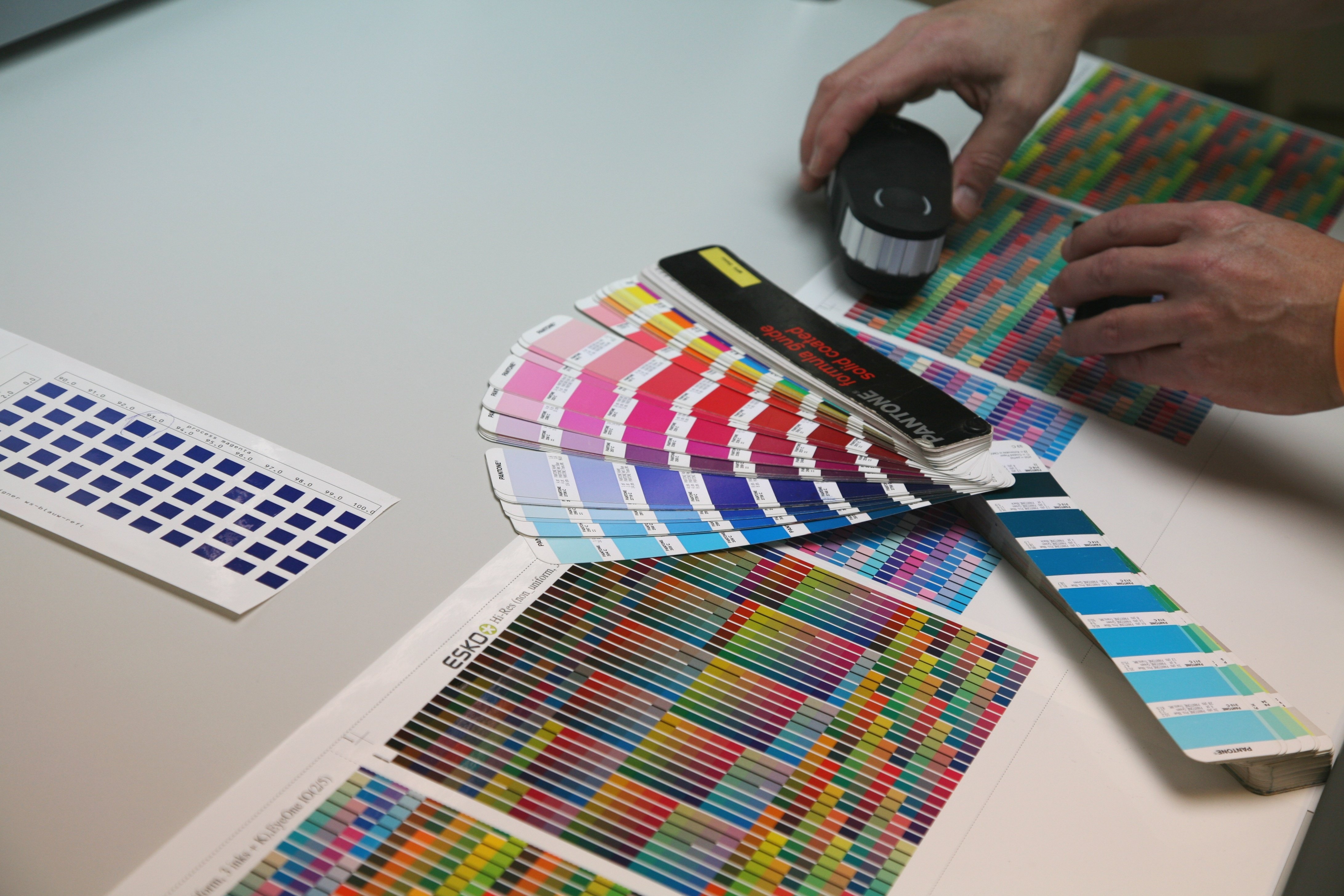High-quality output at the lowest cost per 1000 labels — that’s what you want to achieve. Therefore, you need an efficient and reliable label printing process to improve the print quality and reduce printing waste, amongst others. In this blog, I’ll describe three steps that help you optimise your print quality, so keep on reading!
Step 1: Conduct research on the used materials
The print quality is mainly determined by the materials you use: inks, aniloxes, printing plates, etc. It’s important to conduct research into which materials ensure the desired output. Which printing plate or anilox roll has the longest service life? Or what type of ink produces the best result?
This information helps you to standardise your process and organise it more efficiently. After all, everyone knows which materials to use, to what extent, and in what quantity.

Step 2: Standardise materials
Standardisation helps you to schedule printing jobs and meet shipping dates. It eliminates uncertain factors in the printing process, which makes it easier to forecast results. You know exactly which materials you use, what the output is and how much time it takes, so you can accurately adjust the different printing jobs. This doesn’t just increase the quality, but also the effectiveness of the entire printing process.
Step 3: Monitor processes to continue print quality optimisation
Optimisation doesn’t stop at standardisation, though. To continuously optimise print quality, it’s important to monitor processes. To do so, I recommend making a connection between the Management Information System and the different printing presses.
Through this connection, you are provided with the information you need to determine whether further optimisations are necessary. You gain insight into the amount of printing waste, the print quality, etc. at the end of every single printing job.
This allows you to run substantiated analyses to see if, for example, a new type of ink improves the print quality. Does it result in fewer stops, less ink consumption and therefore lower costs? With the help of the Management Information System, you know how much a printing press consumes compared to the numbers it produces. This is a continuous process, a recurring loop; you make deliberate changes and measure the results.
Our ‘talk to me’ connectivity platform is a good example of this. It is a system of open communication between all software and equipment on the print shop floor, giving printers and converters the opportunity to maximize efficiency in their printing process. ‘Talk to me’ automates the process as much as possible, to guarantee high quality print results and productivity.
https://www.youtube.com/embed/-3sOVZ7YFU0
Print quality determines customer satisfaction to a large extent and it’s also an important factor to determine whether your printing process is future-proof. Eventually, everything depends on the quality you deliver. That makes print quality one of the most (if not the most) crucial factor(s) to achieve your goals.
Speaking of the viability of your printing process — another important factor to realise the highest quality at the lowest cost — do you have an idea how viable your current printing process is? If you would like to receive an indication of this viability, we have useful tool that helps.
By answering 9 short questions, you get a clear idea of your current label printing process and in what areas you can consider process optimisations. To lift the veil, these are things you can examine: printing automation (in different ways), training and education for your operators and more.
{{cta('fd4ce9db-466d-4995-8a85-d1284b3b741d')}}